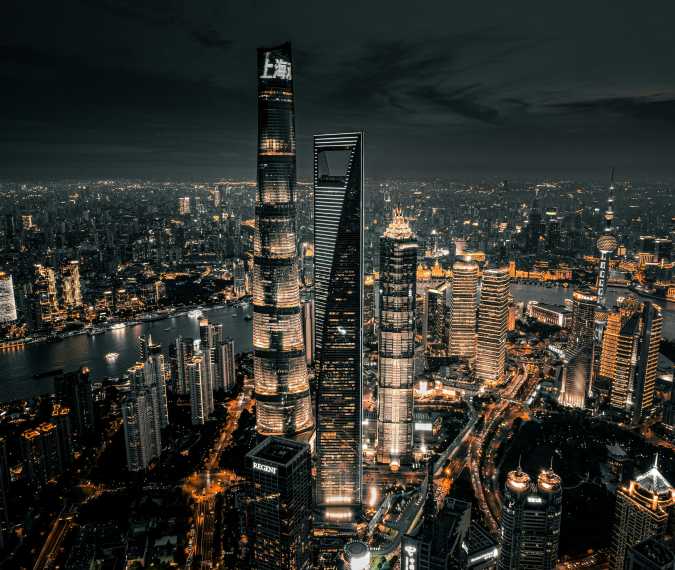
The Countries with the Most Skyscrapers in the World
Skyscrapers are a symbol of modernity, technological advancement, and economic power. These towering structures not only define a city's skyline but also reflect its aspirations and capabilities. Around the world, the race to build taller and more impressive buildings continues unabated. In this article, we will explore the countries with the most skyscrapers, delving into the reasons behind their construction and highlighting some of the most iconic structures.
A skyscraper is typically defined as a continuously habitable high-rise building that has over 40 floors and is taller than approximately 150 meters (492 feet). The concept of skyscrapers began in the late 19th century with the advent of steel-frame construction, which allowed buildings to rise vertically without the limitations of load-bearing walls.
Why Are Skyscrapers Important?
Skyscrapers hold economic and cultural significance. Economically, they allow for the maximization of space in densely populated urban areas, providing a large number of commercial and residential spaces within a small footprint. Culturally, skyscrapers often become symbols of a city or a nation, reflecting architectural styles and technological advancements.
#8 Canada: 193 Skyscrapers
Canada boasts a modest number of skyscrapers compared to the giants on this list. Cities like Toronto and Vancouver are home to the majority of these high-rises. Notable buildings include the CN Tower in Toronto, which, although not a traditional skyscraper, is a prominent feature of the skyline, and the First Canadian Place, which stands as the tallest building in Canada.
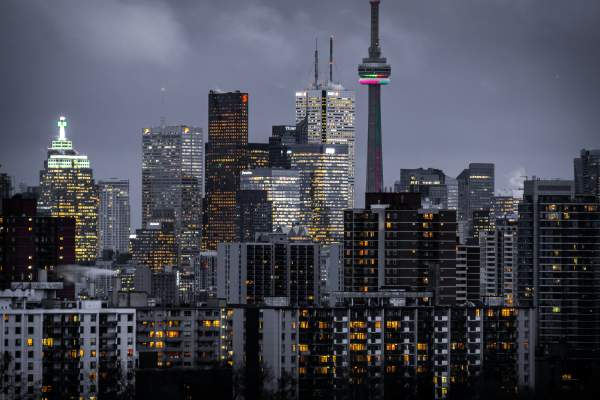
Photo: unsplash.com/syedzia123
#7 Australia: 214 Skyscrapers
Australia's skyline is dominated by cities such as Sydney and Melbourne. The iconic Sydney Tower and the Eureka Tower in Melbourne are prime examples of Australia's architectural prowess. These skyscrapers not only serve as commercial hubs but also as tourist attractions, offering panoramic views of their respective cities.
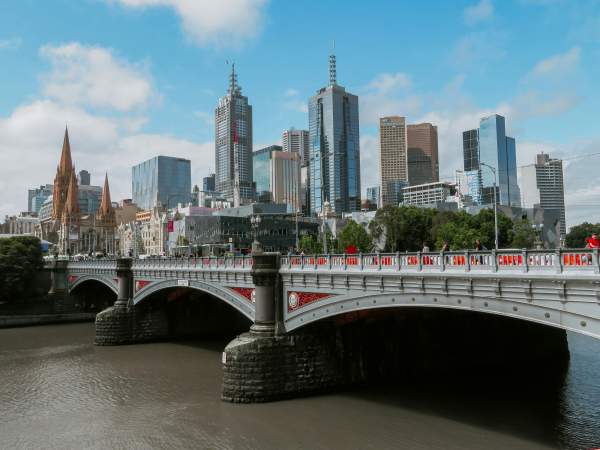
Photo: unsplash.com/dmjdenise
#6 Japan: 334 Skyscrapers
Japan's skyscrapers are primarily concentrated in Tokyo, a city renowned for its futuristic skyline. The Tokyo Skytree, although a broadcasting tower, stands out as a landmark. The Roppongi Hills Mori Tower and the Shinjuku Mitsui Building are notable skyscrapers that blend modern design with functional efficiency.

Photo: unsplash.com/jezar
#5 South Korea: 362 Skyscrapers
South Korea's capital, Seoul, is a hotbed for skyscraper construction. The Lotte World Tower, standing at 555 meters, is the tallest building in the country and the fifth tallest in the world. South Korea's rapid economic development and urbanization have driven the construction of numerous high-rises, transforming its cities into modern metropolises.
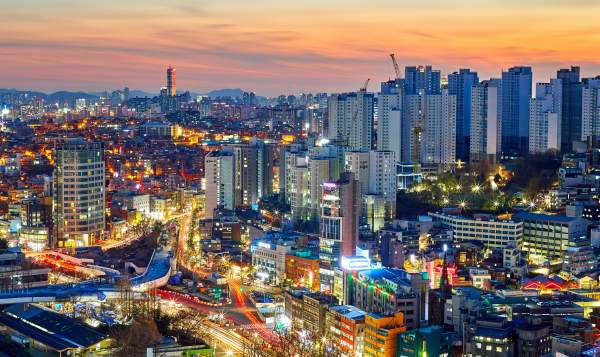
Photo: unsplash.com/cadop
#4 Malaysia: 366 Skyscrapers
Malaysia's most famous skyscrapers are undoubtedly the Petronas Twin Towers in Kuala Lumpur, which were the tallest buildings in the world from 1998 to 2004. These towers symbolize Malaysia's growth and ambition. Kuala Lumpur continues to see the development of new high-rises, contributing to its dynamic skyline.
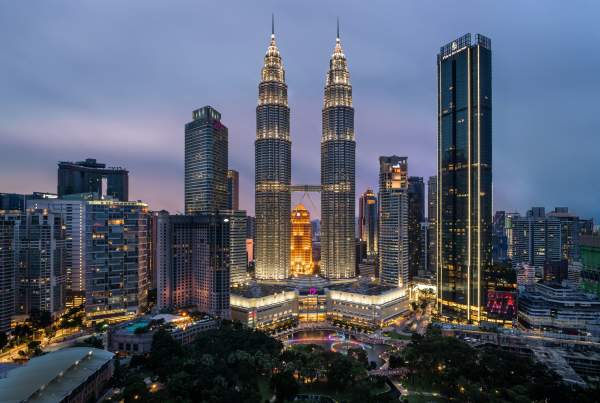
Photo: unsplash.com/esmonde
#3 United Arab Emirates: 527 Skyscrapers
The United Arab Emirates, particularly Dubai, is synonymous with skyscrapers. The Burj Khalifa, the tallest building in the world, stands as a testament to the UAE's architectural ambition. Dubai's skyline is a mix of innovative designs and towering structures, making it a leading city in skyscraper development.
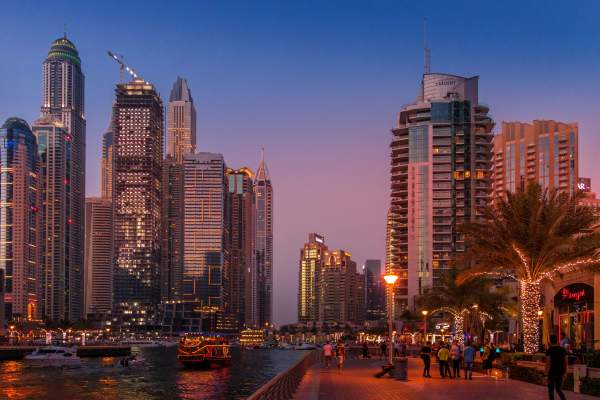
Photo: unsplash.com/nextvoyage_pl
#2 United States of America: 1169 Skyscrapers
The United States has a long history with skyscrapers, dating back to the late 19th century. New York City and Chicago are the most notable cities, with iconic buildings like the Empire State Building, One World Trade Center, and the Willis Tower. The USA's skyscrapers reflect a century of architectural evolution and economic growth.
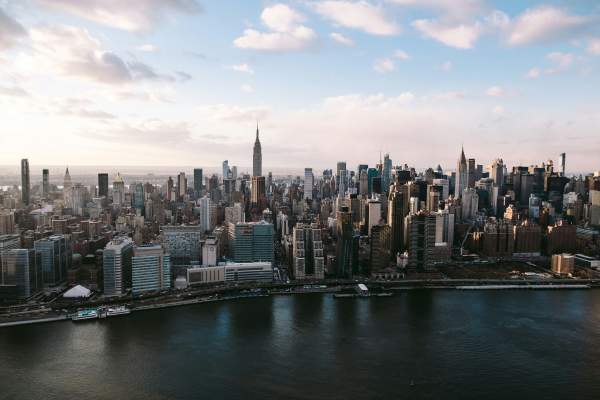
Photo: unsplash.com/thomashabr
#1 China: 4450 Skyscrapers
China leads the world with a staggering 4450 skyscrapers, a result of rapid urbanization and economic expansion. Cities like Shanghai, Shenzhen, and Guangzhou are at the forefront of this vertical growth. The Shanghai Tower, the Ping An Finance Centre, and the Canton Tower are just a few examples of China's architectural marvels.
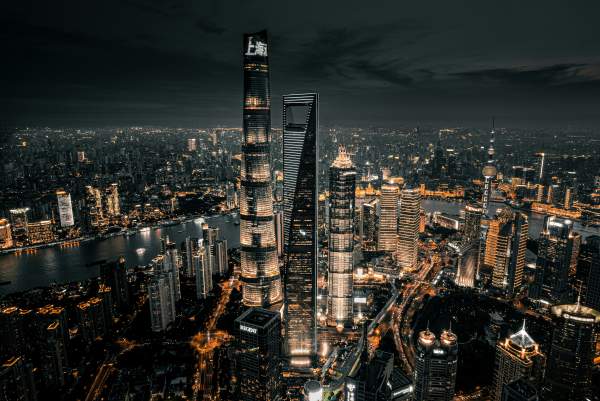
Photo: unsplash.com/zhou_xian
The future of skyscrapers is geared towards sustainability and green building practices. Innovations such as green roofs, solar panels, and energy-efficient systems are becoming standard. Additionally, the use of new materials and construction methods promises even taller and more resilient structures.
Skyscrapers are more than just tall buildings; they are symbols of human ingenuity, economic power, and cultural identity. From the towering giants of China to the historical high-rises of the USA, each country's skyline tells a unique story of progress and aspiration. As technology advances and urbanization continues, the skyline of our cities will keep reaching for the skies.


